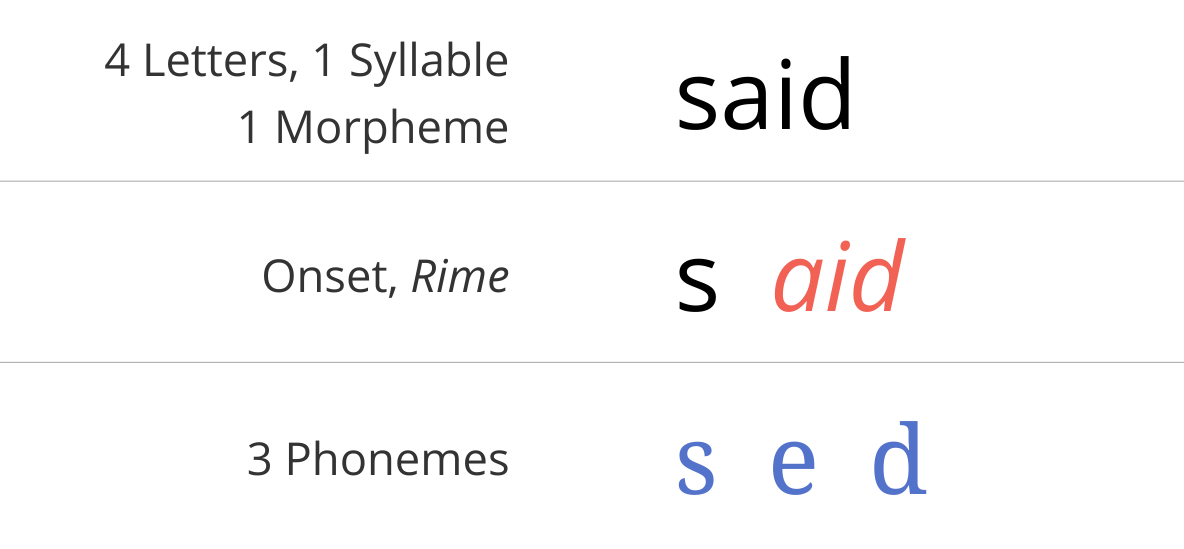You wrote about this issue a lot at the time. Why, years later, did you feel compelled to write a book?
I very early observed my kids just withering away in the gray light of their Chromebooks alone in their bedrooms. And while it seemed reasonable initially to have schools closed, particularly because I’m close to New York City, soon it dawned on me that there was no long-term plan and this was not going to work.
Childhood is achingly brief, and for a little boy or girl who’s 8 years old to miss a year, or even more than a year, of the experience of putting an arm around a friend, of chatting with other kids at lunchtime, of running around in a playground with friends … the idea that that wasn’t a tremendous harm is absurd.
People are still missing the larger point here about what was lost.
The conventional wisdom was that we needed to keep schools closed until it was safe to reopen them, and even then, it could be done only in communities where the spread of the virus had abated and educators took certain concrete steps to keep teachers and kids safe. You’re saying all of that was wrong?
I recognize that intuitively many of these interventions seem like they would be beneficial. School closures in particular and then, more broadly, mask mandates and barriers on desks and six feet of distancing — but the evidence shows none of this did anything.
Europeans had announced in the spring that there was no observable negative impact to reopening schools, yet for some reason this information was ignored.
——-
A substantive analysis of taxpayer funded Dane County Madison public Health’s mandates and outcomes is long overdue
